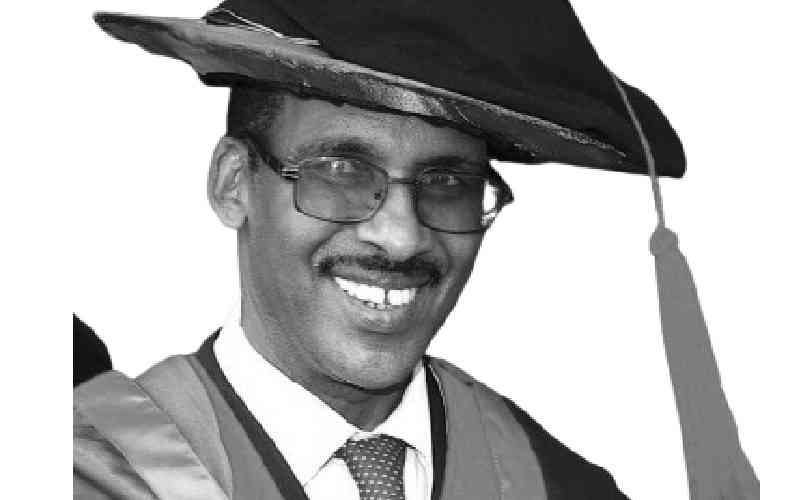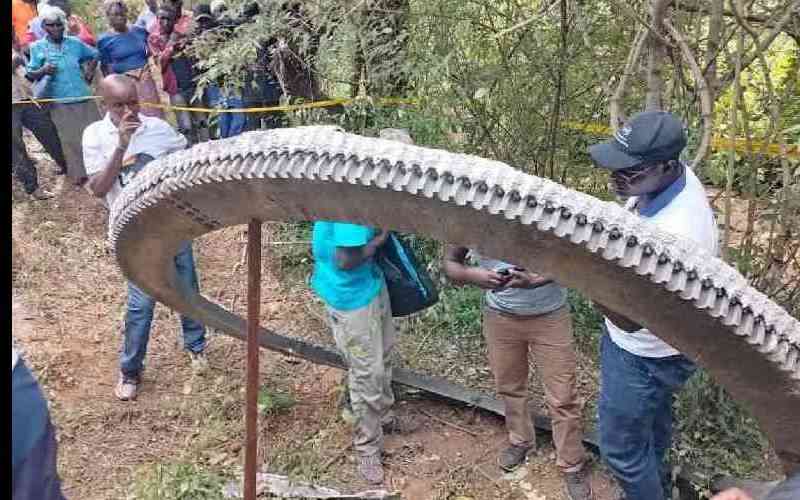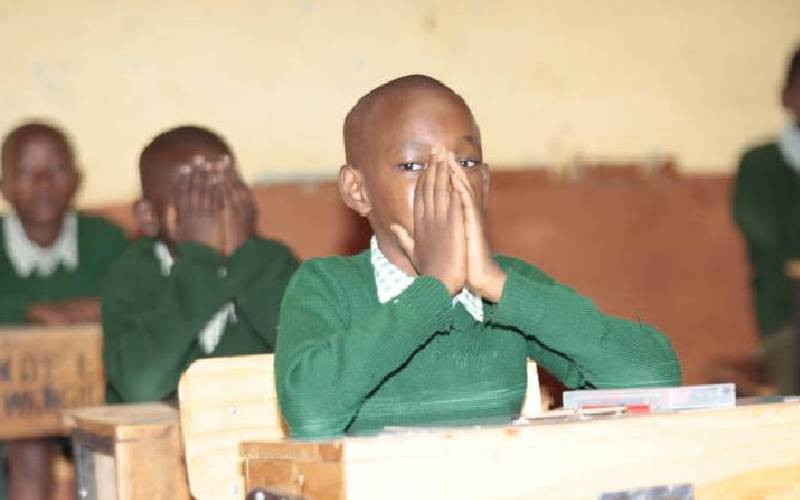
Farah was like every other little girl. Being the only girl among two boys, she got a little extra love from everyone around her. During her teenage years, everything was fine until she turned 17 years old, that was when she started seeing some changes in her body.
“I was never sick when I was younger. I was just a normal kid who wanted a life and to do everything right so that I can move from home and start working and living alone. I was so determined that at 17 years old, I had already started looking for a job. All these years things were normal and everything started going south between 2005/2006,” she remembers.
Farah started seeing changes on her hands where her skin color started changing and her knees and knuckles were getting weak and very stiff.
“I couldn’t wake up in the morning or move my leg and this started to scare me. I remember crying and asking my mom what was wrong with me and why my body was changing in such a way. This stiffness would then go away later in the day but my skin started changing drastically,” she says.
After seeing so many doctors locally and not finding a solution, Farah and her family decided to go to India in 2007 to seek further medical help. This decision came after she was wrongfully diagnosed with Leukemia because the symptoms were similar. What awaited her at the doctor’s office in India changed her life forever.
“When we got to the doctor in India, I had expected that we would get a solution and I would go back to my normal self and everything will be fine. I was not ready for what I was told. After running some tests, the doctor told me that I have a rare condition called Scleroderma and the condition has no cure. She told me I can only manage it, but I have to live with it for the rest of my life,” remembers Farah.
Heartbreaking news
At that moment her heart sank and her brain went blank. She had never heard of a condition that had no cure. Farah saw her mother and brother trying to put on a brave face but she could tell that they were broken inside.
“I don’t remember what exactly came to my mind when the doctor said the condition has no cure, but I remember going blank. I didn’t think of anything at that moment. I was shocked because I had never heard of a condition that has no cure. It hit me hard because I realised this was who I was going to be for the rest of my life. Everything had changed forever, and changed so fast,“ she says.
The new normal was the most difficult thing she had to deal with. People would refuse to sit next to her, some would stare at her and others would come to her and offer their sympathy.
“One time before we left India I wanted to go to the park and get on a train. While we were about to get on, there is a group of people who said they wouldn’t get on the train unless I was taken off it. These people just refused to sit anywhere close to me. I looked at them and wondered if they knew this was not my fault. I am still very conscious of my looks. Every time I meet new people, I always ask myself what they think of me and of how I look,” she says.
After months of locking herself inside her room and not wanting to go outside and meet anyone, Farah took one more look at herself in the mirror and this time she did not shed a tear or dislike how she looked. When she saw her eyes, she saw a lot of life in them and saw a person who wanted to live life.
Moment of acceptance
“I had locked myself away for a very long time. I hated going outside despite my mum forcing me to go outside. Whenever I looked at myself in the mirror I would fall back in bed and cry my eyes out the whole day.
Stay informed. Subscribe to our newsletter
“One day I looked at myself in the mirror after wearing my hijab and saw so much life in my eyes. I saw someone who wanted to live her life so I asked myself why was I stopping this person from living. I had more than many people in this world had. I could see, I could talk, I could walk. That was the turning point for me,” she says.
After this turning point, Farah reconnected with God. She had stopped praying. She found herself once again and decided she would never go back to the dark place she was in.
“Wearing my Hijab for the first time after many months gave me a lot of strength and confidence. Whenever I looked at myself in the mirror, I saw nothing but beauty. I saw how strong and beautiful I am.
„I started going outside more and putting myself out more. I opened social media accounts and started creating awareness about my condition. To my surprise I got a lot of message from people who were battling the condition and this made me feel like I was doing something right,” she says.
When asked about love and relationships, Farah lets out a laugh. “I have not yet met someone who is bold enough to love me. I wish someone was but I am waiting on Allah to bring the right person along. I look forward to the day I will become a wife and a mom, but for now, no one had been bold enough to approach me.
“I understand that it is not easy given how I look and how society has defined beauty. I wish people would see beauty is not just what we are shown on television and in magazines and on beauty brands. Beauty is so much more than someone’s appearance,” she says.
Farah has started a foundation where she creates awareness about scleroderma. She looks forwards to working with different beauty and skincare brands to show the world that there is perfection in imperfections.
 The Standard Group Plc is a
multi-media organization with investments in media platforms spanning newspaper
print operations, television, radio broadcasting, digital and online services. The
Standard Group is recognized as a leading multi-media house in Kenya with a key
influence in matters of national and international interest.
The Standard Group Plc is a
multi-media organization with investments in media platforms spanning newspaper
print operations, television, radio broadcasting, digital and online services. The
Standard Group is recognized as a leading multi-media house in Kenya with a key
influence in matters of national and international interest.
 The Standard Group Plc is a
multi-media organization with investments in media platforms spanning newspaper
print operations, television, radio broadcasting, digital and online services. The
Standard Group is recognized as a leading multi-media house in Kenya with a key
influence in matters of national and international interest.
The Standard Group Plc is a
multi-media organization with investments in media platforms spanning newspaper
print operations, television, radio broadcasting, digital and online services. The
Standard Group is recognized as a leading multi-media house in Kenya with a key
influence in matters of national and international interest.










